Here is a photo of the A-1 Skyraider that was used by the U.S. Military during the Korean War a decade later, and it was deployed again for the Vietnam War as part of the operations in North Vietnam.
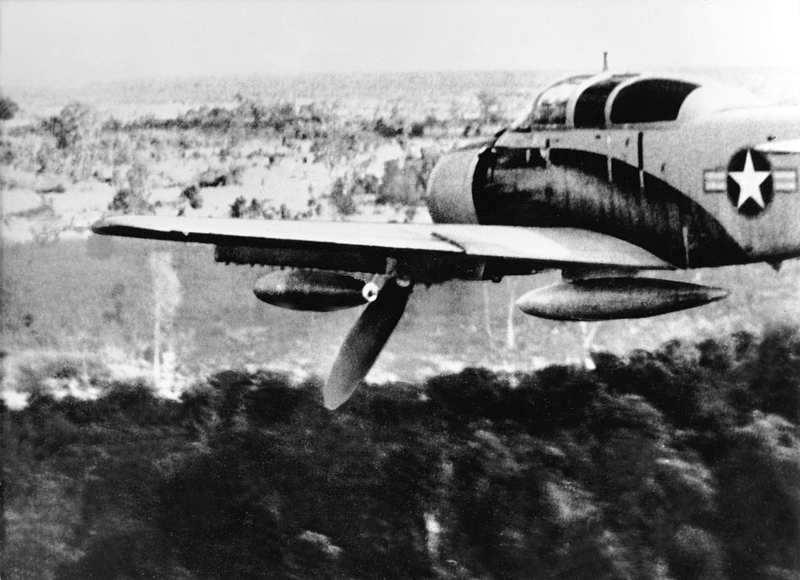
In the photo shown above, the A-1 Skyraider is seen in action as it drops two 500 lbs Napalm bombs on a pocket of Viet Cong troops. The U.S. troops lent the remaining Skyraiders for the South Vietnamese Airforce to use in battle. It was a single-seat, powerful aircraft that could pulverize cities in a matter of minutes.
Search And Destroy: Viet Cong Guerilla
For the U.S. Army to counter the Viet Cong guerilla and win the Vietnam War, they devised a strategy, officially called the ‘Search and Destroy.’ Soldiers would patrol the wilderness in search of guerillas, which they called "Charlie."
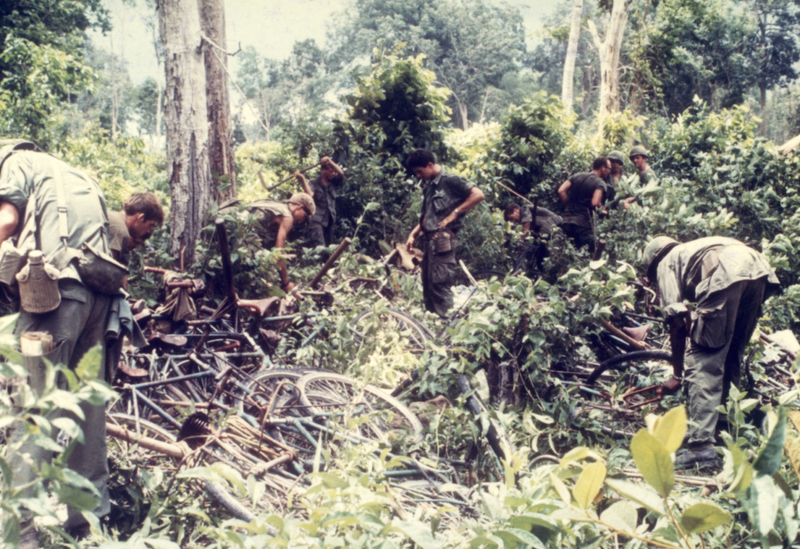
As shown in the photo above, this was a special mission that required camouflage and unconventional uniforms — comprised of members who were efficient in dealing with landmines and booby traps installed by the Viet Cong. One of the biggest dilemmas of ‘Search and Destroy’ was that it was hard to separate the Viet Cong from the others since they disguised themselves as ordinary villagers.
The Destruction Of Red Beach
It was the year 1965 when reports about the communist groups receiving better ammunition, supplies, and soldiers broke out. This information urged the U.S. to considerably increase their level of military support for the South Vietnamese Army in order for them to have a fighting chance.
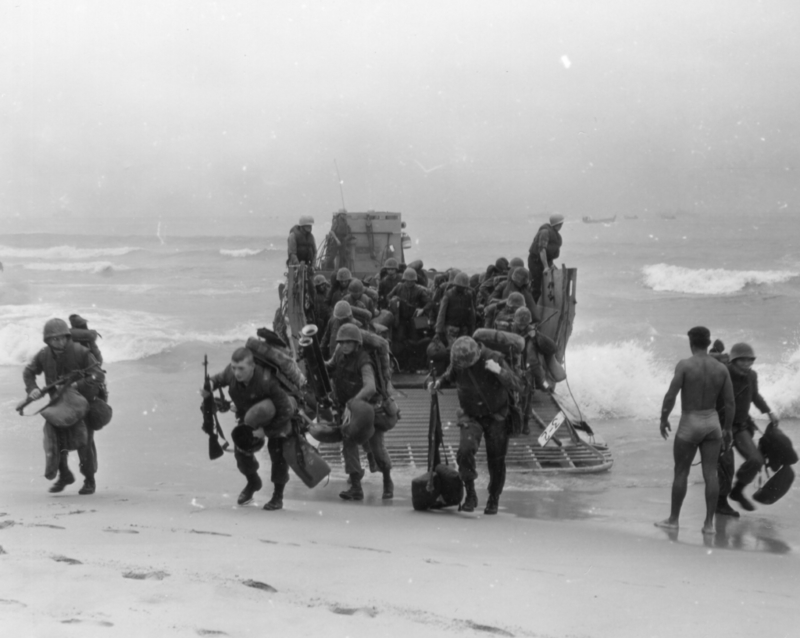
It was a presidential decree made by President Lyndon Johnson. To top off the increase in artillery, soldiers, and supplies, the U.S. authorized two Marine Battalions to dock in Red Beach. Primarily, the president sent them to protect the Da Nang Air Base. It was then that the situation quickly turned into combat between the Viet Cong guerilla fighters and the North Vietnamese Army.
The Active Marches
This image is of a female activist marching on the streets on December 26, 1966. She has a bandage on her mouth with the writing Vietnam on it. The protests against the war started on the streets and very fast escalated to other layers of society.
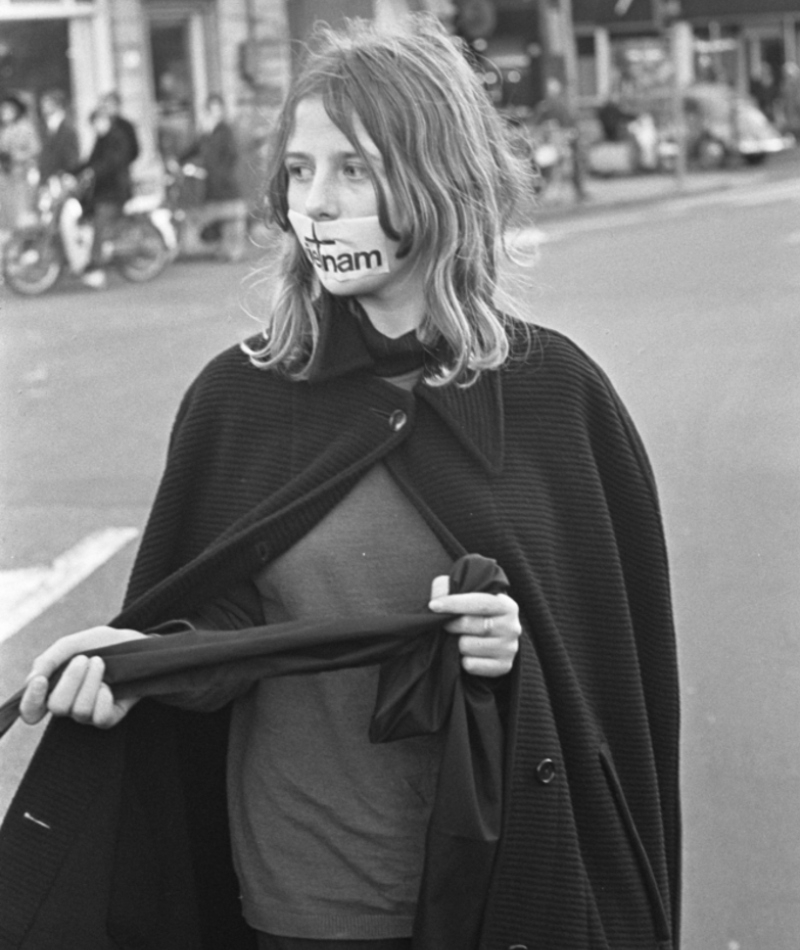
The street protests began with peace activists, then onto college campuses, and eventually achieved national prominence after the big 1965 bombing.
The Iconic Dumbo Drop
It is not a surprise that animals provide great aid to human living, and it was most evident during the Vietnam War. Both parties (the north and south of Vietnam) utilized these animals for jobs that humans and machines were not capable of doing. One particular animal that helped them traverse rivers and carry extremely heavy ammunition and supplies was the magnificent elephant.
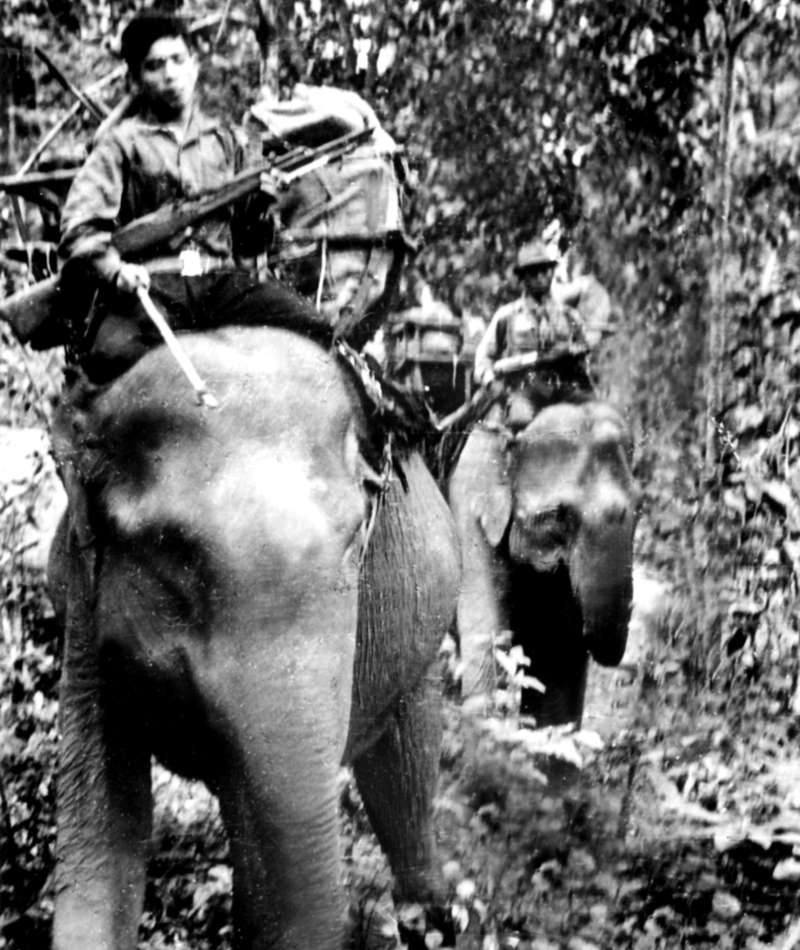
In a strategic operation named "Operation Bathroom," the U.S. Army Special Forces dropped two elephants to help a South Vietnamese village survive. It was such an iconic event that there was a movie adaptation entitled "Operation Dumbo Drop."